Search Images
Browse Content (p. 1180)
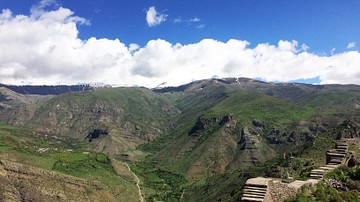
Image
Ancient Smbataberd Castle
The ancient Smbataberd Castle (or "fortress") is located near the villages of Artabuynk and Yeghegis in the Vayots Dzor Province of Armenia. It is guarded by a long stretch of walls, which are 2-3 m (7-9 ft) thick and 8-10 m (26-33 ft) high...
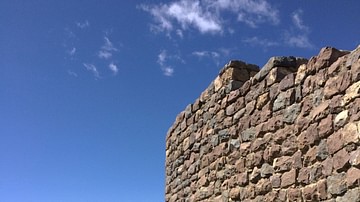
Image
Armenia's Smbataberd Castle
Armenia's Smbataberd Castle (or "fortress") is located in southeastern Armenia near the villages of Artabuynk and Yeghegis in the Vayots Dzor Province. It was built in a desirable position, guarded by three cliffs, high in the mountains...
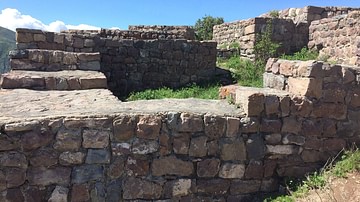
Image
Smbataberd Castle in Armenia
The Smbataberd Castle (or "fortress") is also known as "Tsaghats Kar" because it faces a now abandoned monastery. The fortifications cover an area of 6.5 hectares (almost 700,000 sq ft or 16 acres) and is divided by walls on the northern...
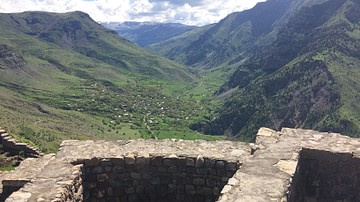
Image
Armenia's Smbataberd Fortress
Situated between a narrow mountain top, the Smbataberd Fortress (or "castle"), located in southeastern Armenia, is shielded by the Artabuynk and Yeghegis canyons in the west, south, and east. It flourished as a military fortress from the...

Image
Smbataberd Fortress in Armenia
Smbataberd Fortress is an ancient and medieval fortress located near the village of Artabuynk, in Armenia. It was founded sometime in the 5th century CE and endured as a major fortress in southeastern Armenia until the Ottoman-Safavid Wars...
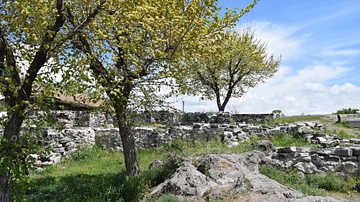
Image
Ruins of Roman Baths at Garni Temple
These are some of the ruins of the former Roman baths that once surrounded Garni Temple in what is present-day Armenia. They were constructed during the 3rd century CE.

Image
Urartian Jewelry Boxes
These Urartian jewelry boxes are made of stone and were found at Karmir Blur (the Teishebaini Fortress), which is located in present-day Yerevan, Armenia. (Erebuni Historical and Archaeological Preserve, Yerevan, Armenia.)
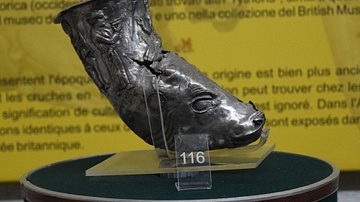
Image
Persian Ox Head Rhyton with Feast Scene
This ox head rhyton with a feast scene is from the Erebuni Fortress, which is located in what is present-day Yerevan, Armenia. It is made of silver and dates from the 4th century BCE when the Erebuni Fortress was under the control of the...

Image
Urartian Ritual Vessel with Bull Heads
This Urartian ritual vessel made from baked clay is decorated with the heads of three bulls. It was found in the Biani tomb in what's present-day Yerevan, Armenia, and it dates from the 8th century BCE. (Erebuni Historical and Archaeological...

Image
Urartian Burial Urn
This burial urn was discovered near the ancient Erebuni Fortress. It dates from the 8th century BCE and is made from baked clay. (Erebuni Historical and Archaeological Preserve, Yerevan, Armenia.)